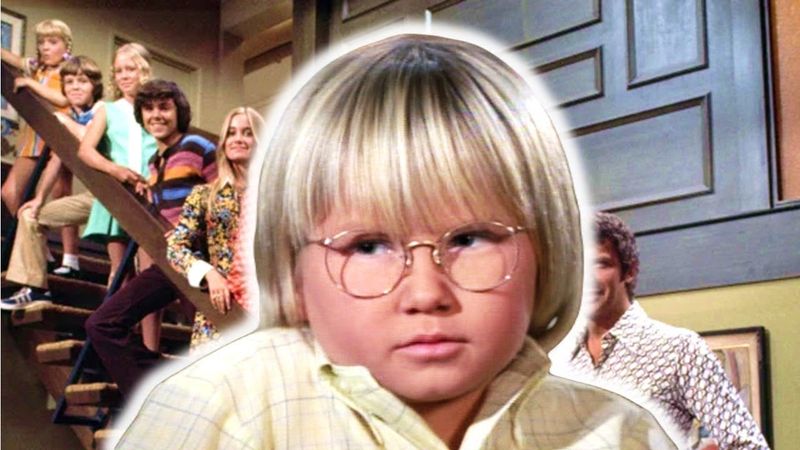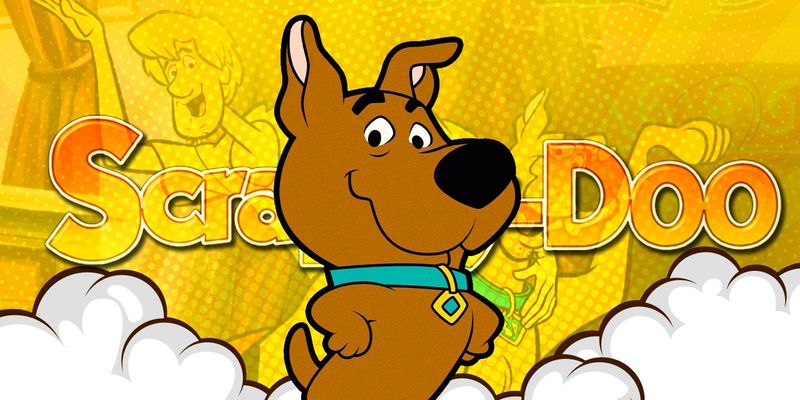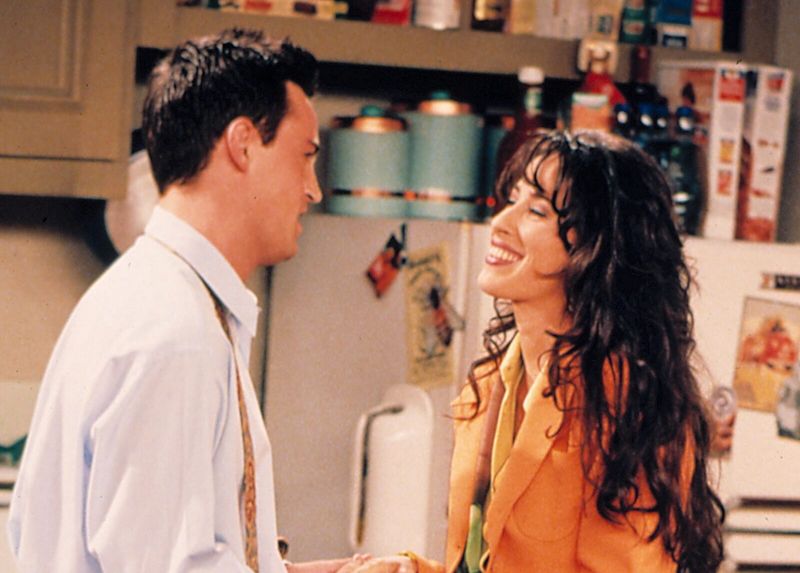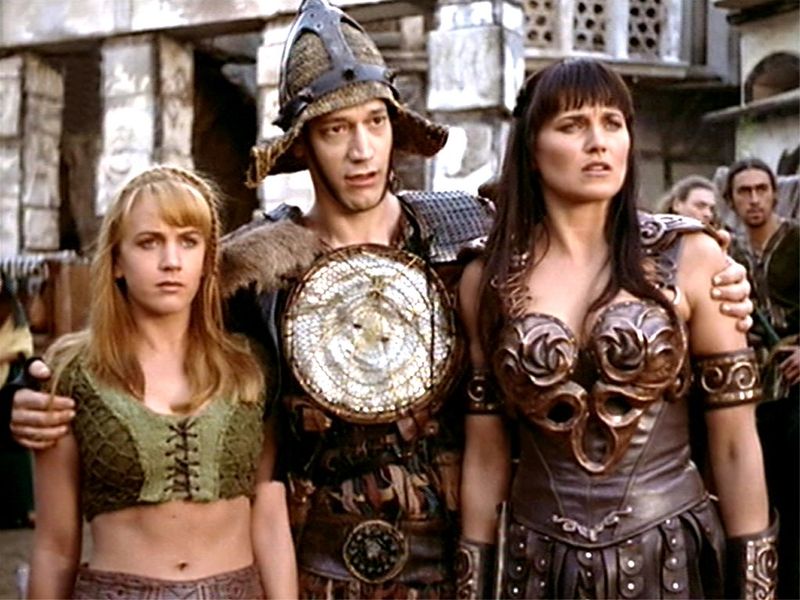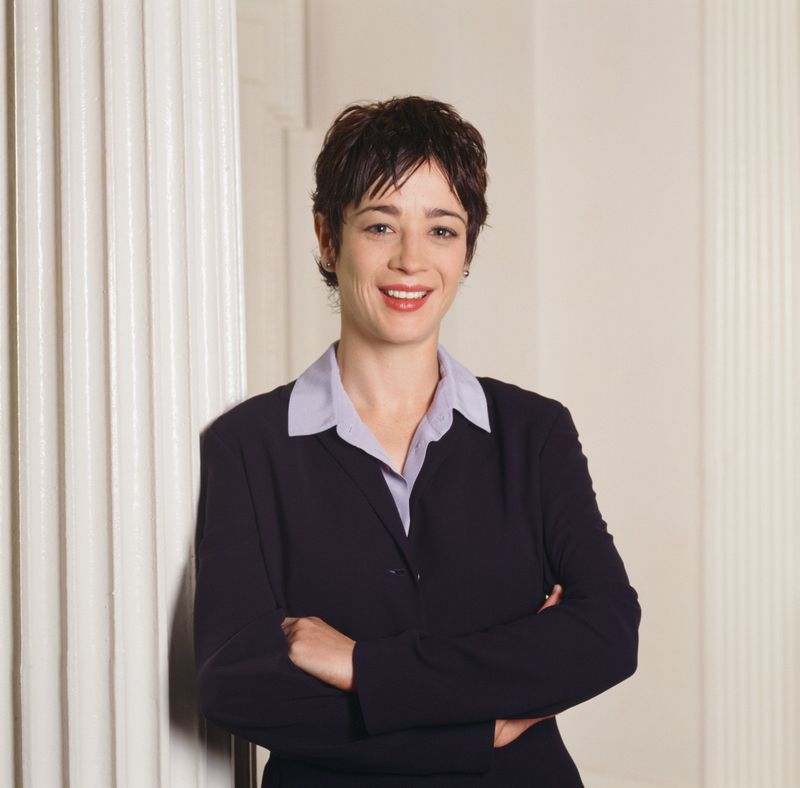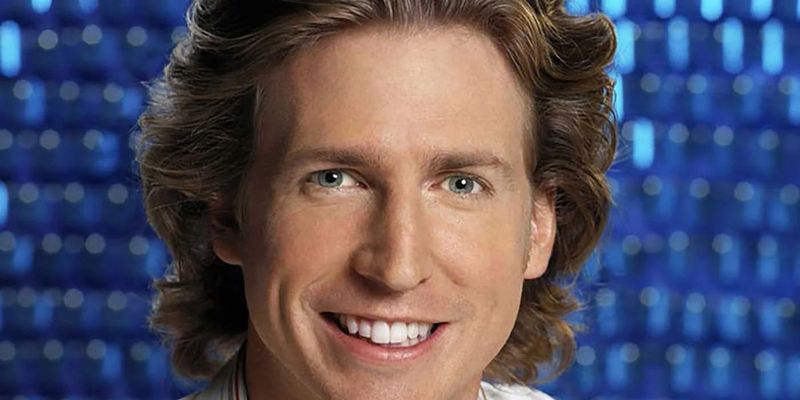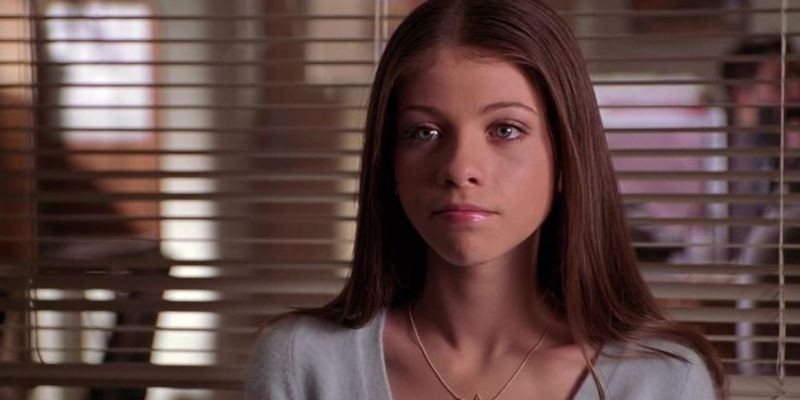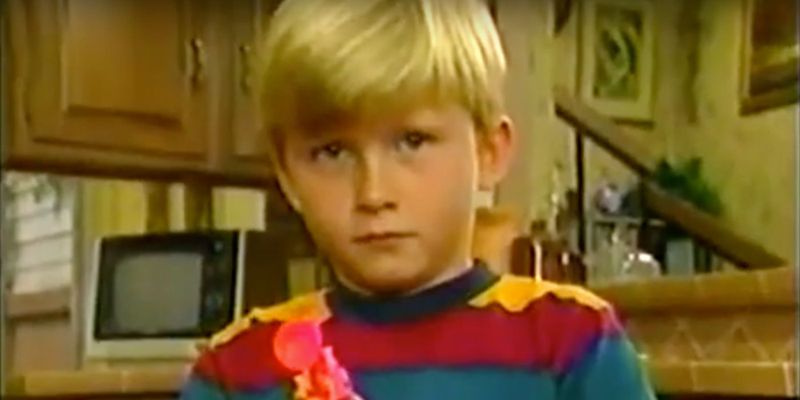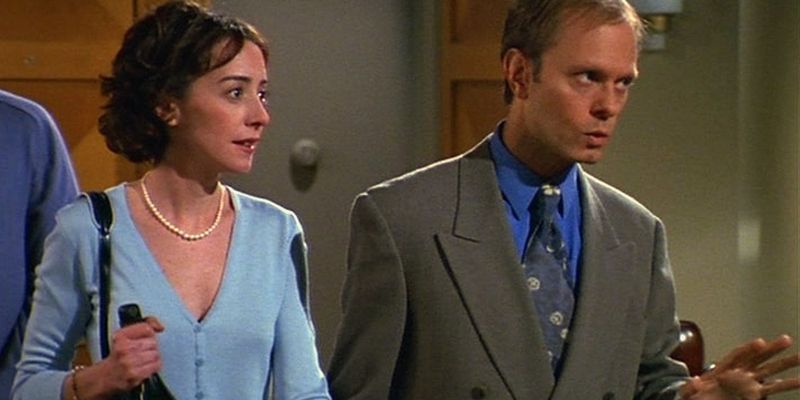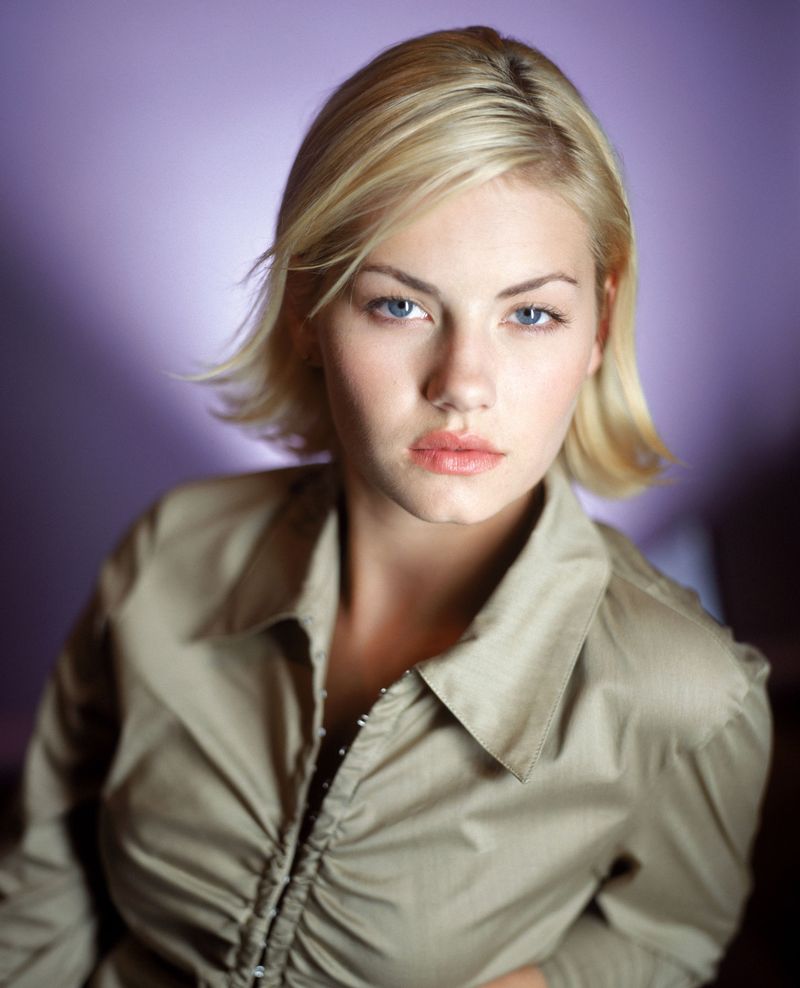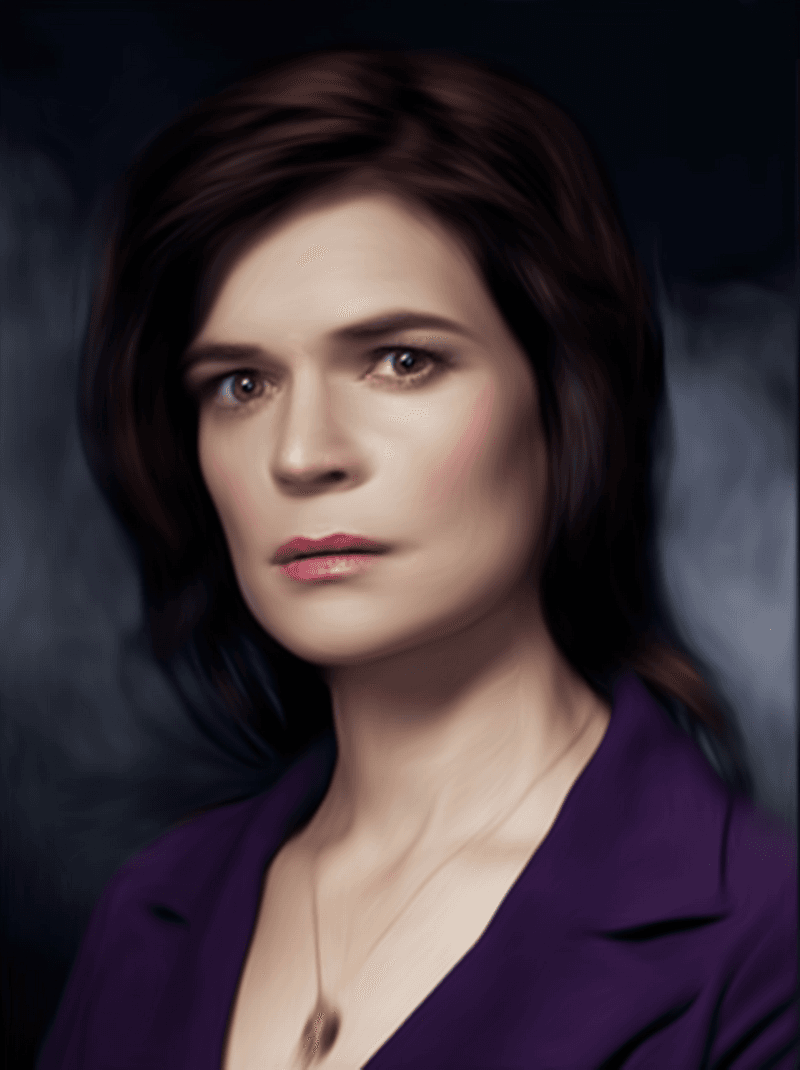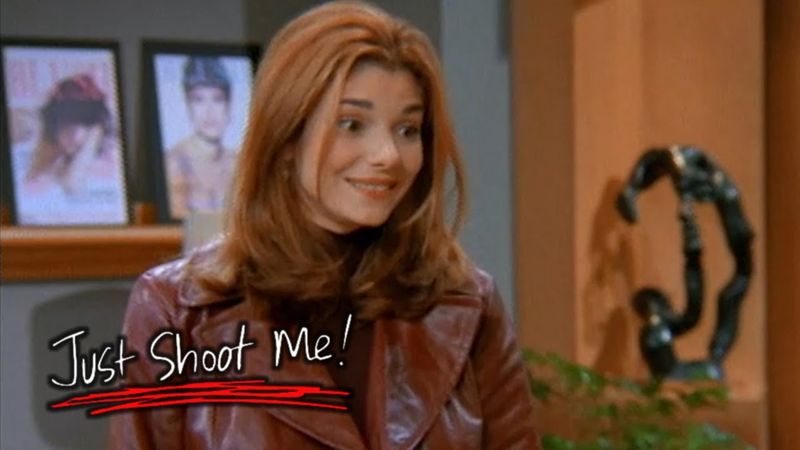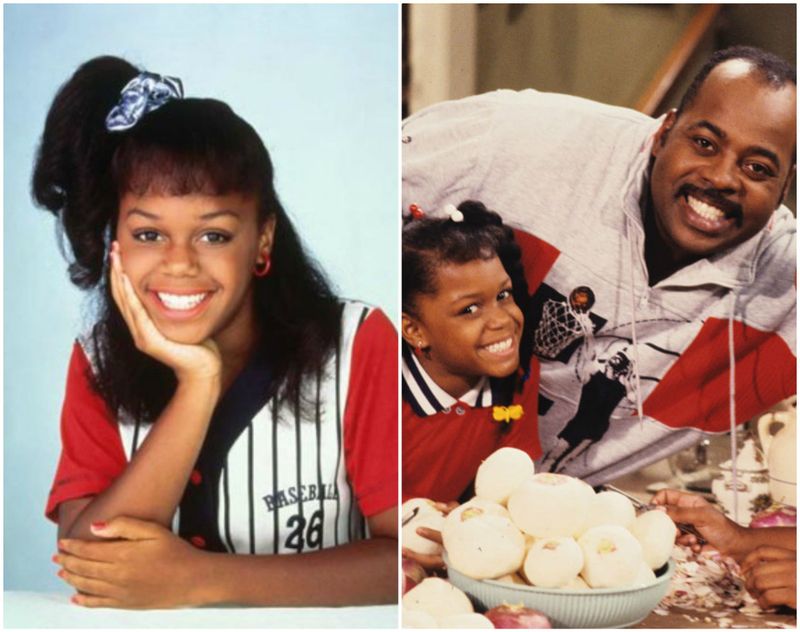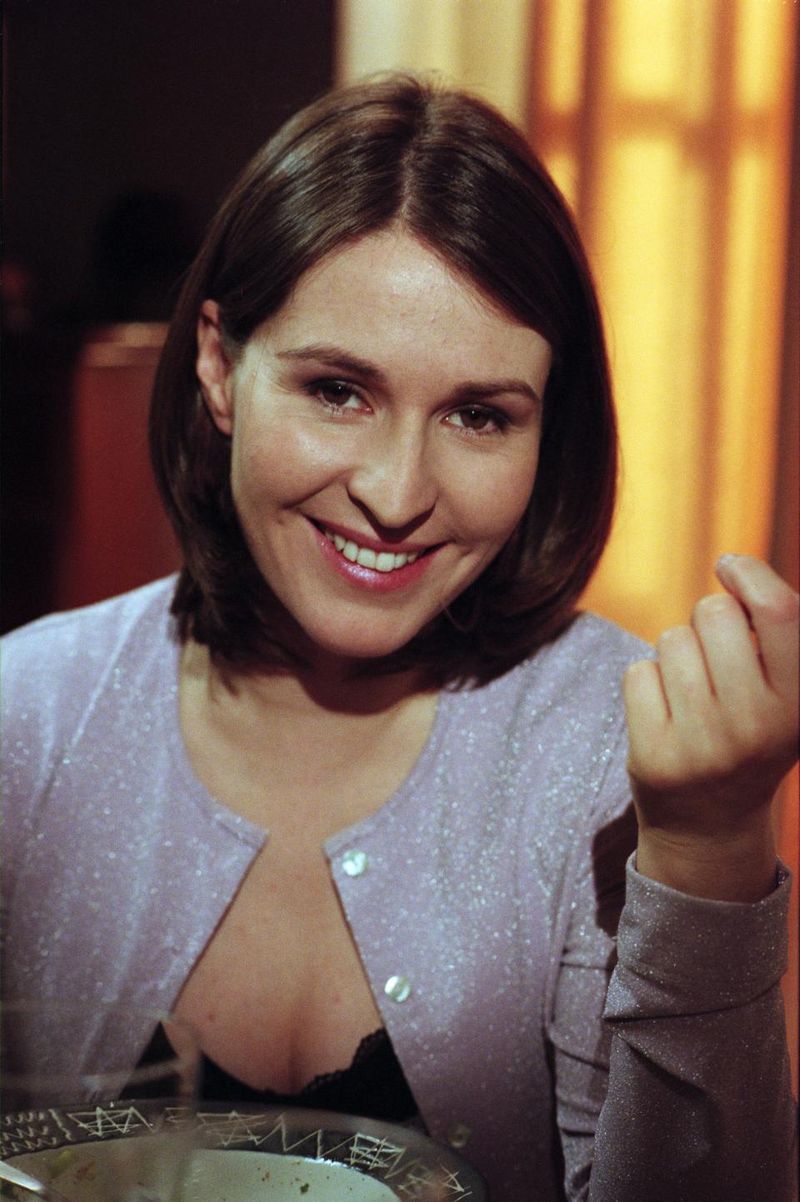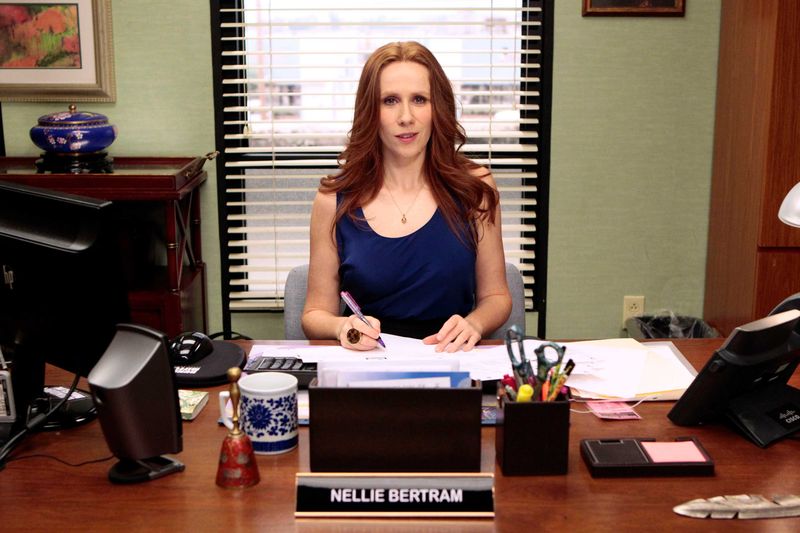Television has introduced countless memorable characters, but not all of them have been welcomed with open arms. This list explores 16 supporting characters that, for various reasons, have become infamous in TV history. Some were introduced to save a series, while others were meant to add depth or comic relief.
However, these characters ended up being irritating, unnecessary, or just plain disliked by fans. Explore this list to understand why these characters missed the mark and how they impacted their respective shows.
1. Cousin Oliver – The Brady Bunch (1974)
Cousin Oliver is often cited as the ultimate ‘Jump the Shark’ moment in television history. Introduced to freshen up ‘The Brady Bunch’ as the original kids aged, his presence was anything but refreshing. Fans found his character unnecessary and disruptive to the original family dynamic.
His arrival was supposed to bring new adventures and storylines, but instead, it led to a decline in viewership and eventual cancellation of the show. Oliver’s forced integration into the Brady family was jarring, and his charm did little to win over a skeptical audience.
2. Scrappy-Doo – Scooby-Doo (1979-Present)
Scrappy-Doo is infamous for transforming the mystery-solving charm of ‘Scooby-Doo’ into an annoying escapade. Meant to boost ratings with his hyperactive personality, Scrappy instead became a nuisance. His catchphrase “Puppy Power!” often grated on viewers’ nerves, overshadowing the original cast’s chemistry.
Unlike the laid-back Scooby, Scrappy’s overconfidence and constant meddling disrupted the group’s dynamic. Fans have long debated whether his presence added any value, and many call for his exclusion in future adaptations. The character’s legacy remains as one of the most divisive in animation.
3. Nikki & Paulo – Lost (2004-2010)
Nikki and Paulo’s introduction in ‘Lost’ felt like an afterthought, a misstep in an otherwise engaging series. Suddenly appearing in the third season, their lack of connection with the main cast made them seem intrusive. Attempts to create suspense around them fell flat, and viewers quickly turned against the pair.
Rather than adding depth, their subplot was seen as a distraction from the central mysteries. The show’s creators ultimately responded to fan backlash by writing them off in a dramatic, albeit satisfying, fashion. Their brief stint is often remembered as a cautionary tale in character development.
4. Janice – Friends (1994-2004)
Janice’s shrill voice and signature phrase ‘Oh. My. Gawd!’ are etched into the memories of ‘Friends’ fans worldwide. While meant to be a humorous recurring character, her loud and flamboyant personality often grated on viewers.
Some appreciated the comic relief she provided, but many found her appearances to be overbearing. Her interactions with Chandler were awkward yet pivotal to certain storylines, though some felt her presence could overshadow the principal cast’s interactions. Despite this, Janice remains an unforgettable part of the show’s fabric, a testament to the power of a memorable catchphrase.
5. Joxer – Xena: Warrior Princess (1995-2001)
Joxer was introduced as comic relief in ‘Xena: Warrior Princess’, but his antics often fell flat. His clumsiness and lack of battle prowess made him seem more like a liability than a hero. Intended to provide levity, Joxer’s presence often disrupted the show’s intense and serious moments.
Fans were divided; some saw him as endearing, while others found him cringe-worthy. Despite his shortcomings, his loyalty to Xena and Gabrielle was unwavering, adding a layer of depth to his otherwise bumbling character. Nevertheless, Joxer remains one of the most polarizing figures in the Xena universe.
6. Mandy Hampton – The West Wing (1999-2000)
Mandy Hampton was introduced as a political consultant in ‘The West Wing’, but her character lacked the depth and charisma expected in such a dynamic ensemble. Appearing only in the first season, Mandy often seemed disconnected from the main plotlines. Her abrupt disappearance from the series left viewers with more questions than answers.
Her character’s potential was overshadowed by others who contributed more significantly to the show’s political intrigue. This lack of resolution regarding her exit left fans speculating about what could have been, marking her as one of the show’s less memorable characters.
7. Randy Pearson – That ‘70s Show (2005-2006)
Randy Pearson was introduced to fill the void left by Eric Forman’s exit in ‘That ’70s Show’, but his presence was less than welcome. Lacking chemistry with the established cast, Randy’s attempts to fit in felt forced and unnatural. His character didn’t resonate with the audience, leading to a lukewarm reception.
The show’s humor and charm suffered, with Randy often seen as a poor substitute for the beloved Eric. Many fans preferred the series to end with Eric’s departure rather than endure Randy’s awkward integration. His brief tenure remains a low point in the show’s history.
8. Dawn Summers – Buffy the Vampire Slayer (1997-2003)
Dawn Summers appeared suddenly as Buffy’s younger sister in ‘Buffy the Vampire Slayer’, confusing many fans. Her introduction in Season 5 was hasty, and her constant whining grated on viewers. Dawn’s significant role in the storyline felt forced, as if the writers struggled to integrate her naturally.
Her character arc involved high stakes, yet she often seemed more of a burden than a boon to the group. Despite some eventual character growth, Dawn’s initial impact left a lasting impression of frustration among fans. Her presence illustrates the challenges of introducing new family dynamics into a beloved series.
9. Seven – Married… with Children (1991-1992)
Seven was introduced to the Bundy family in ‘Married… with Children’, but his presence was met with immediate rejection from fans. His character seemed forced, disrupting the established family dynamic. Intended to bring a fresh perspective, Seven instead became a symbol of unsuccessful character additions.
His sudden disappearance from the series, without any explanation, left viewers puzzled and uninvested in his brief storyline. Seven’s introduction serves as a reminder of the challenges faced when altering a successful formula. His character remains a footnote in the show’s history, often cited as a misstep in an otherwise successful series.
10. Dr. Mel Karnofsky – Frasier (1996-2003)
Dr. Mel Karnofsky was intended as an antagonist in ‘Frasier’, yet her presence was more grating than compelling. Her interactions with Frasier were meant to add drama, but instead, she became an unwelcome distraction.
Fans found her character’s demeanor abrasive, often overshadowing the show’s lighter moments. Mel’s recurring appearances were met with mixed reactions, with many preferring other, more nuanced antagonists.
Her character exemplifies the challenge of balancing antagonistic roles with a show’s comedic core. Despite her intended purpose, Mel remains one of the less favored characters in the Frasier universe.
11. Kim Bauer – 24 (2001-2010)
Kim Bauer, daughter of Jack Bauer in ’24’, often found herself in perilous situations, which frustrated audiences. Her frequent kidnappings and inability to stay out of trouble painted her as a damsel in distress rather than a strong supporting character. Despite her father’s heroics, Kim’s character often felt like a hindrance to the show’s fast-paced narrative.
Her arc lacked the development needed to elevate her beyond constant victimhood. While some moments showcased her growth, Kim’s persistent vulnerability overshadowed these instances. Her character serves as an example of missed potential in an action-packed series.
12. Marie Schrader – Breaking Bad (2008-2013)
Marie Schrader, sister-in-law to Walter White in ‘Breaking Bad’, was often seen as more of an annoyance than an asset. Her obsession with the color purple and tendency to meddle in others’ affairs made her character less endearing. While the series boasted strong character development, Marie’s arc often felt superficial and repetitive. Despite occasional moments of depth, her presence was often overshadowed by more compelling narratives.
Her character highlights the challenges of creating engaging side stories within an intense drama. Marie remains a divisive figure among fans, showcasing the fine line between endearing and irritating.
13. Maya – Just Shoot Me! (1997-2003)
Maya was intended to be relatable in ‘Just Shoot Me!’, yet her character often came across as preachy and dull. In a comedy series filled with eccentric personalities, Maya’s serious demeanor and lack of humor made her less enjoyable. Her attempts to inject morality into the workplace often felt out of place, clashing with the show’s lighter tone.
While her character aimed to provide balance, she frequently disrupted the comedic flow. Maya’s character serves as a reminder of the importance of maintaining harmony in ensemble casts. Her presence was a rare misstep in an otherwise entertaining series.
14. Judy Winslow – Family Matters (1989-1998)
Judy Winslow, youngest daughter in ‘Family Matters’, ultimately disappeared from the series without explanation. Her character initially contributed to the family dynamics, but she gradually became less relevant. Fans were left puzzled by her abrupt absence, which was never addressed within the show. Judy’s vanishing act is often cited as an example of poor character management and development.
Despite her early presence, her lack of memorable storylines led to her eventual erasure. Judy’s character illustrates the challenge of maintaining a large ensemble cast while ensuring each member’s continued relevance.
15. Emily Waltham – Friends (1998-1999)
Emily Waltham, Ross’s British wife in ‘Friends’, quickly became a polarizing character. Her controlling nature and jealousy led to tension with the beloved main cast. Fans often found her presence grating, wishing for Ross’s previous relationships to take precedence. Emily’s arc, though significant, was frequently overshadowed by more favored characters.
Her storyline serves as a reminder of the challenges involved in introducing new romantic interests in established series. While her role was pivotal in certain plot developments, Emily’s character remains one of the less favored additions to the ‘Friends’ ensemble.
16. Nellie Bertram – The Office (2011-2013)
Nellie Bertram was introduced as a potential replacement for Michael Scott in ‘The Office’, but her character was met with resistance. Fans found her presence jarring, as she struggled to fill the void left by Michael’s departure.
Nellie’s authoritative nature clashed with the show’s established dynamics, leading to a mixed reception. Despite attempts to develop her character, she never quite resonated with viewers. Her inclusion highlighted the difficulty of introducing new leadership in beloved series. Nellie’s tenure serves as a lesson in maintaining momentum while respecting the core elements that made the series successful.

